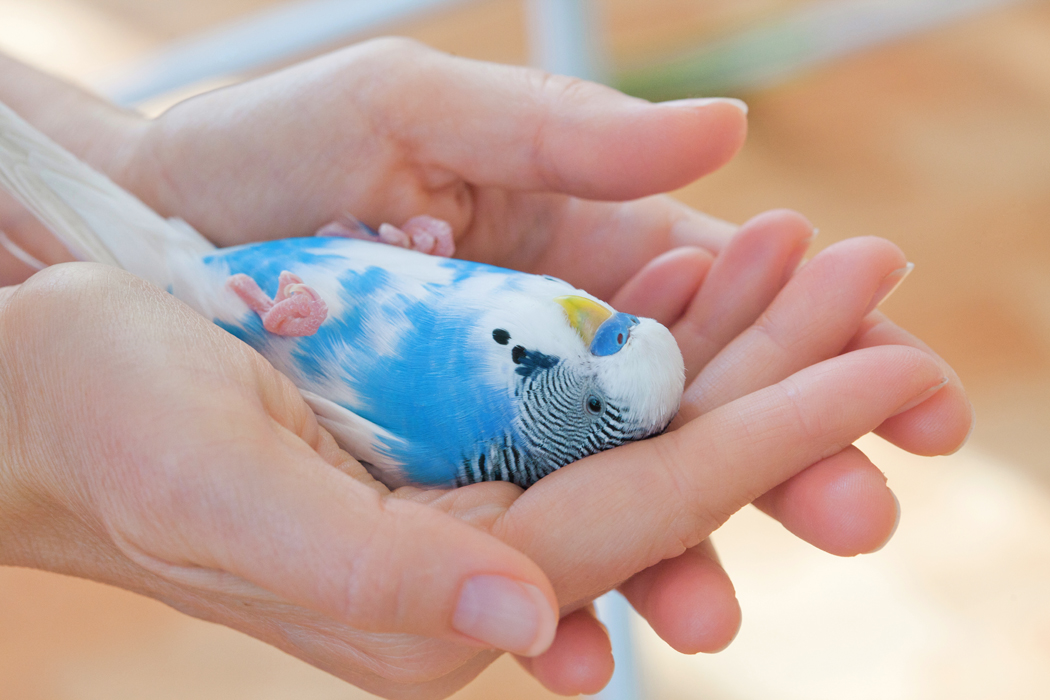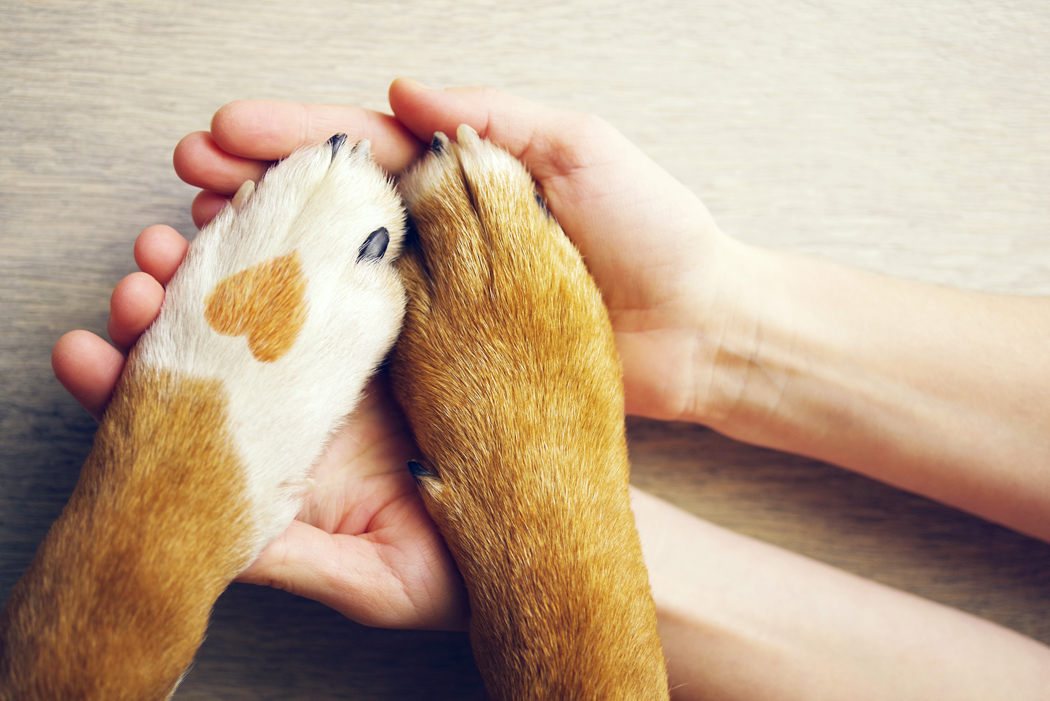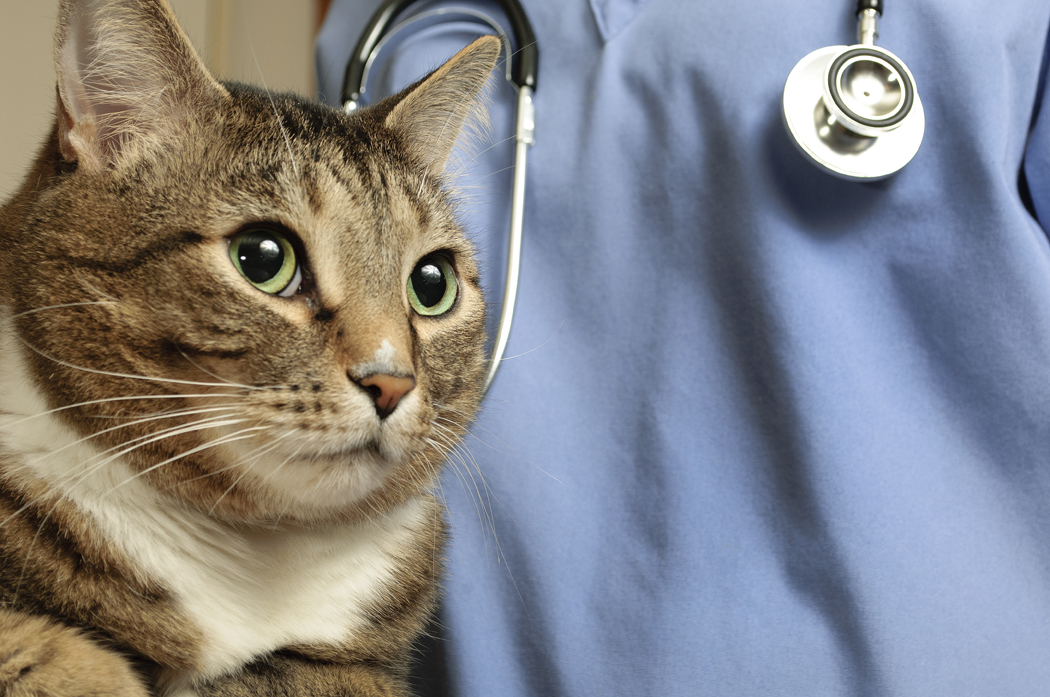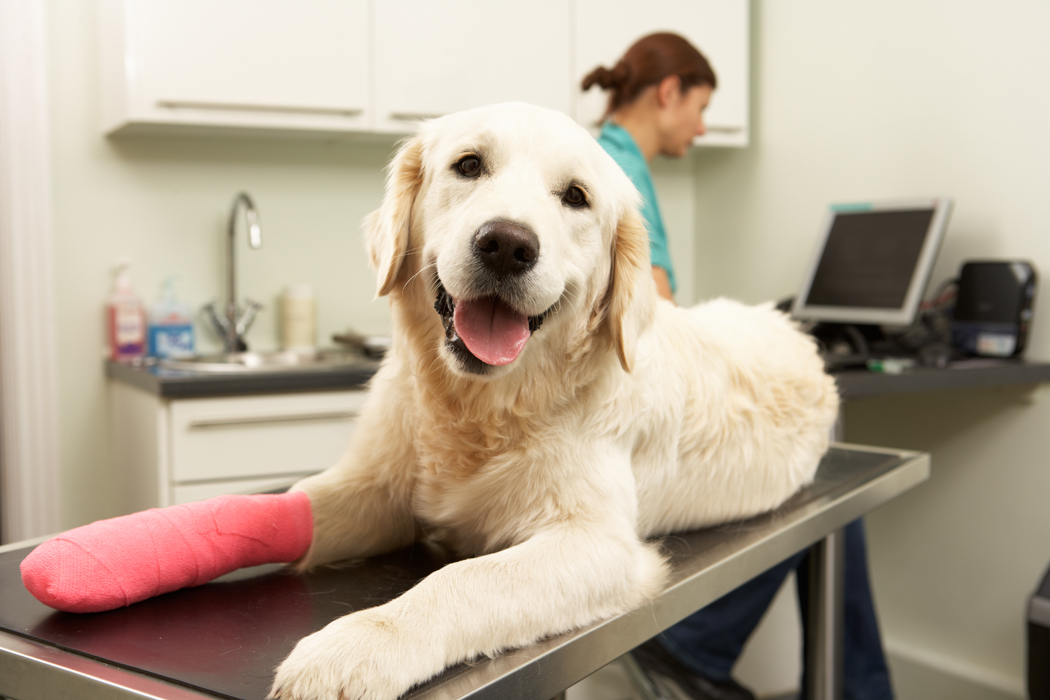
Veterinary clinic
Everything you need to know about insurance for a pet
Table of Contents

Insurance is used to protect those who are important. It is therefore quite natural that insurers have developed products for our animal friends, of whom there are more than 60 million in France alone. Which of our companions can be covered by a mutual health insurance for animals and what does the coverage cover? Presentation of the pet insurance contract.
A complementary health insurance for animals
An animal needs regular care and consultations with the veterinarian are essential. But they are also very expensive. Owners should take this into account before adopting their pet. To cover this type of expense more easily, it is possible to take out a pet health policy.
Animals covered
All pets can be covered by a specific health insurance contract.
The guarantees offered are very well suited for dogs and cats, which are the most numerous to be insured. But NACs are also eligible for such insurance contracts for animals: hamsters, guinea pigs, rabbits, ferrets, etc. The demand for these new pets is growing.

Other animals are not to be outdone but are subject to specific contracts, such as horses in particular.
Age limits are often written into the general terms and conditions of the pet insurance contract. Often, the animal is not insured until it is weaned. Also, the guarantee can end for senior animals.

Pet health insurance: basic benefits
Between routine medical visits, minor injuries and more serious pathologies, an animal’s health budget can quickly soar.
Several levels of coverage are offered by animal health insurance. They can thus partially or fully cover the health costs related to the risks of illness, accident and surgery. It is important to read the contract carefully, to check the services provided and the exclusions, which may differ from one operator to another.
Most often, scheduled or unscheduled veterinary consultations, blood tests, X-rays, surgical operations, etc. are most often covered.
Depending on the contract, some common medical procedures, such as vaccines or sterilization, may or may not be covered.
The exclusions mainly relate to abnormalities inherent to the insured breed or if the care protocol (vaccination) has not been respected.

Contracts may have deductibles and ceilings.
Optional guarantees
In addition to the basic health benefits, the benefits of pet health insurance can be extended. For example, a guarantee offers a search assistance service for a lost animal. Also, benefits can be paid in the event of the death of the animal.
Pet health insurance rates
The price of pet insurance depends on several factors: the operator, as there are many on the market, but also the animal to be insured and the guarantees taken out.
However, it also depends on the risks presented by the animal. The breeds that are best known for health problems have to pay the highest premiums.

Focus on health insurance for a dog
Dogs are among the most owner-insured animals. With a lifespan of more than 10 years, there are many visits to the vet and insurance can therefore be useful and cost-effective.
It is estimated that every year, owners spend more than €500 on health costs for their dog. And as soon as a surgical operation is scheduled, the necessary budget easily exceeds 1000 € for this intervention alone, so it is understandable why dog insurance is so popular.

Several insurance companies offer dog insurance companies, with 3 different formulas: the economic, intermediate and superior. Lost dog, accident or death options can also be taken out. To ensure a dog with basic guarantees, it costs on average about twenty euros for an intermediate contract.
A dog can be insured from the age of 3 months to the age of 10 years on average. The contribution varies according to the breed and age of the animal.
Each breed of dog has an estimated average lifespan and predispositions to certain pathologies. For example, breeds with flat noses, known as brachycephalic, often have respiratory problems; Labradors are known for hip deformities… Also, insurers take this into account when defining contributions and benefits. In particular, they can provide for exclusions on this type of pathology, which are considered too risky.
Note that dogs are categorized. And that defense and attack dogs, classified in categories 1 and 2, must be subject to another type of insurance: civil liability (RC).
This policy is not mandatory for all breeds and for most animals, the personal civil liability included in the home policy is sufficient.
However, for others considered potentially dangerous, having civil liability in the event of damage caused to a third party by the animal becomes mandatory. It is even a legal requirement to be allowed to keep a category 1 or 2 dog. The private liability cover does not extend to this type of animal, so it becomes mandatory for their owner to take out a specific additional insurance contract.
Loving and taking care of your pet is unfortunately not enough to protect your dog from the vagaries of life. Taking out an insurance policy for animals allows you to look to the future more serenely, with the possibility of providing the best care in the event of a health problem.



Your point of view caught my eye and was very interesting. Thanks. I have a question for you. https://www.binance.info/vi/register-person?ref=WTOZ531Y